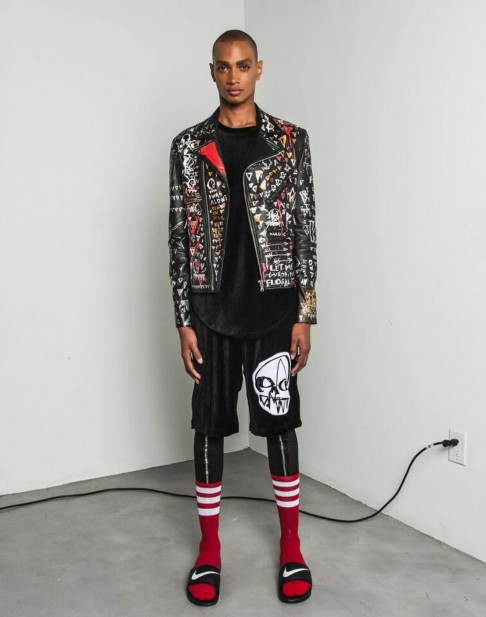How designer Jean-Raymond is using the catwalk to discuss race issues

Like a lot of designers, Kerby Jean-Raymond, the 28-year-old founder of menswear label Pyer Moss (pronounced Pierre Moss), has spent the past few months considering his spring 2016 collection and how he will present it when New York's fashion week begins in September. This will be a particularly big season for the young designer. He will debut his womenswear.
But unlike most designers, Jean-Raymond has also decided to step squarely into the middle of a contentious political and social debate. He is producing a video, to be played during his catwalk show, in which he is asking people to discuss race, racism and racial injustice in policing. He is not talking about diversity in the fashion industry or how many black models are on the catwalk. Jean-Raymond is using the influence and reach of fashion to talk about race in the broader culture.
With his own money, a video crew of friends and no definitive plan, he has been reaching out to an eclectic group of people, including his fashion mentor Kay Unger, Nicole Bell, whose fiancé Sean Bell was killed by New York police officers, Wanda Johnson, whose son's shooting death was depicted in the film Fruitvale Station, as well as artists such as Kehinde Wiley, entertainers, sports figures including Victor Cruz, activists and writers, including myself.
No one has asked him: "What does this have to do with fashion?"

Fashion, after all, is about everything. It is an industry that, in its finest moments, provides people with the tools to define themselves so that others cannot; it brings outsiders in and exalts in their quirks; and it finds inspiration in diverse corners.